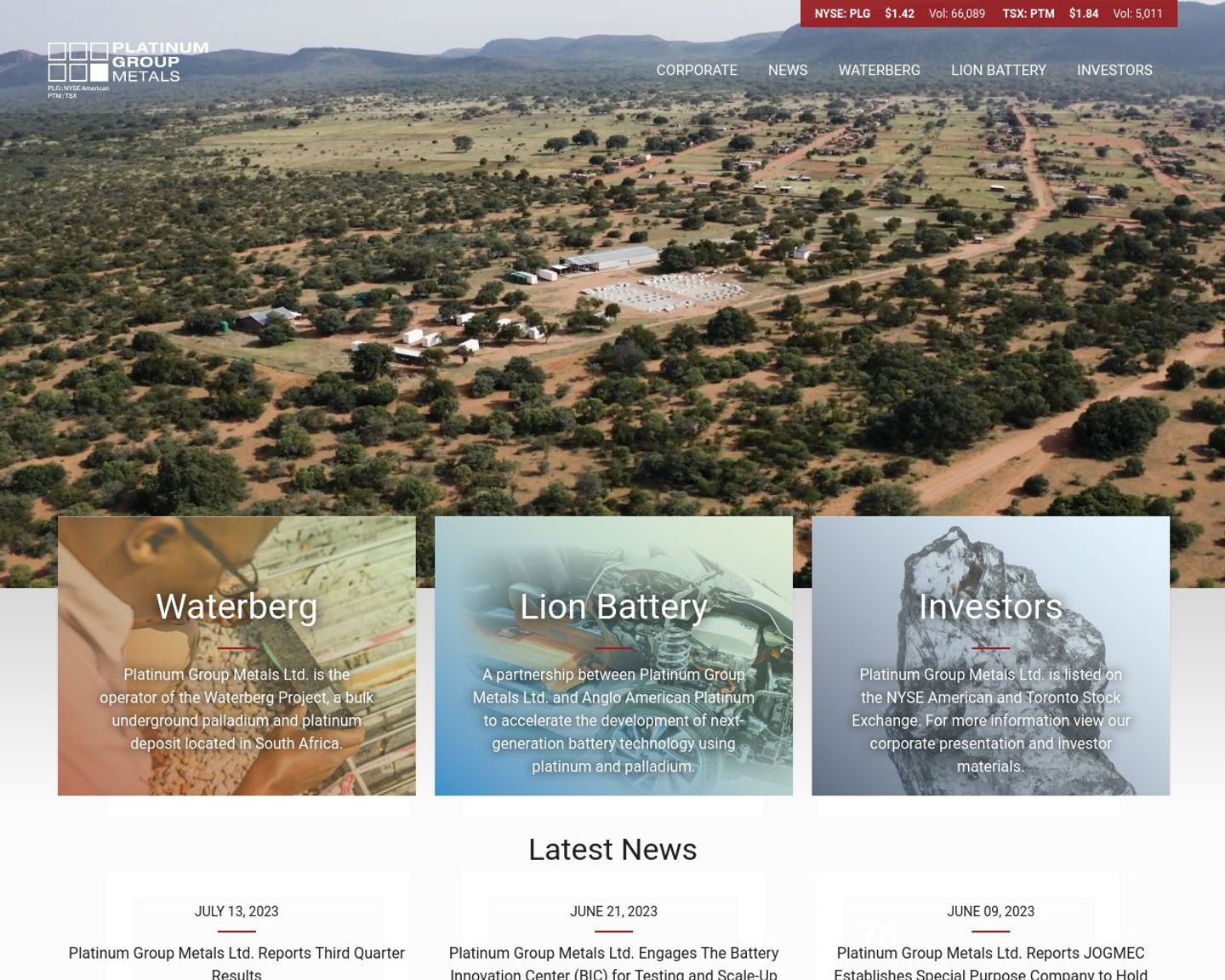1. Environmental concerns - Chevron has faced criticism and legal challenges related to its environmental practices, including oil spills and pollution. This has damaged its reputation and led to increased scrutiny from regulators and environmental activists.
2. High debt levels - Chevron has a significant amount of debt on its balance sheet, which can limit its financial flexibility and increase its vulnerability to economic downturns or changes in oil prices.
3. Limited diversification - Chevron's business is heavily reliant on the oil and gas industry, making it susceptible to fluctuations in commodity prices. This lack of diversification compared to some of its peers exposes the company to greater risk.
4. Declining production - Chevron has experienced a decline in its oil and gas production in recent years. This can impact its revenue and profitability, especially if it is unable to replace declining reserves with new discoveries or acquisitions.
5. Legal and regulatory challenges - Chevron operates in multiple countries, each with its own legal and regulatory framework. This can lead to challenges and uncertainties, including potential legal disputes, changes in tax policies, or government regulations that may impact the company's operations and profitability.
6. Reputation and social responsibility - Chevron has faced criticism for its involvement in controversial projects and its perceived lack of commitment to social and environmental responsibility. This can negatively impact its brand image and relationships with stakeholders, including customers, investors, and communities where it operates.




